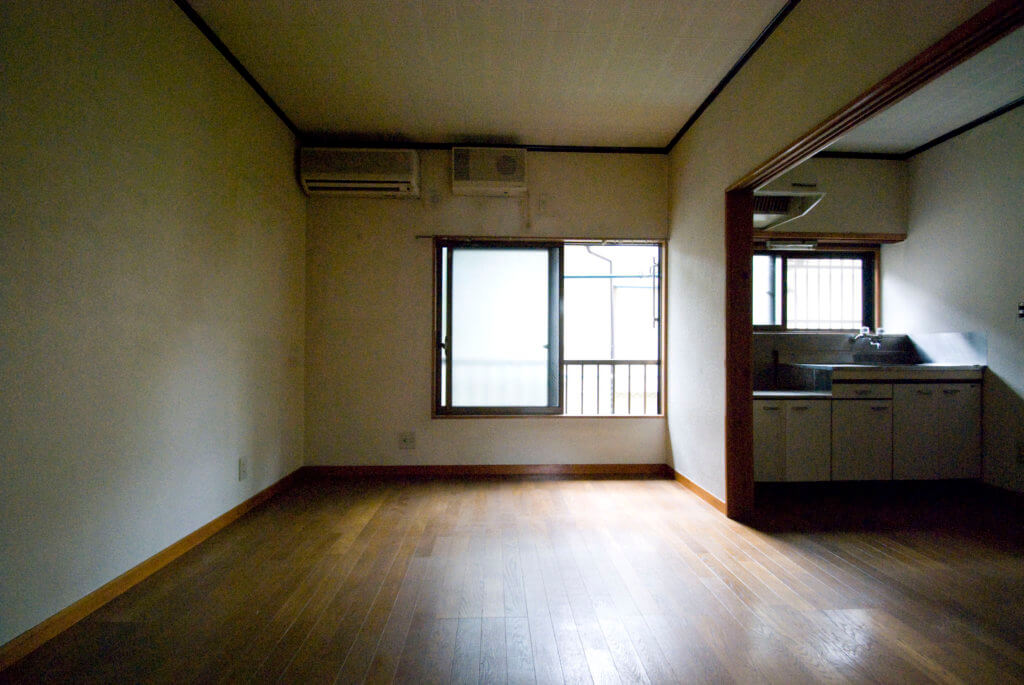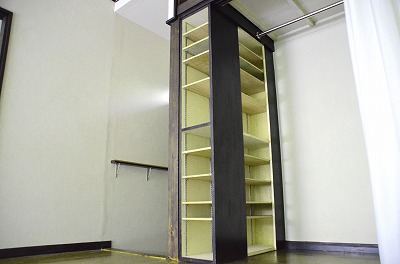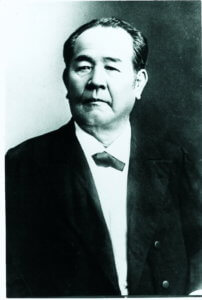House Renovation in Japan: Giving a New Shine to Mokuchin Apartments
How to renovate a room cheaply
By Ryoji Shimada, staff writer
According to last year's survey, the number of vacant houses in Japan is about 8.46 million (compared to about 8.2 million in the previous survey), and the ratio of vacant houses to all houses (vacant house rate) is 13.55%. Vacant houses are one of the major problems facing Japan. The best thing to do is to demolish them and build new houses, but it costs a lot of money. Renovation is also expensive. Therefore, the method of renewing a house with a little renovation is coming into the spotlight.

AFTER renovation 
BEFORE renovation
A young man in his 20s sits on a wooden bench under the windows of a quaint but stylish room, reading a book in the sunshine. Just outside is a small wooden deck. A planter would fit nicely there. Inside, wooden shelves separate the main room from the kitchen, fitting perfectly without taking up too much space. The easy-to-use closet is equipped with adjustable shelves. A second door just inside the main entrance created an oppressive feeling, so it has been removed and replaced with a long white mesh curtain, providing smoother entry and a more spacious ambience. A narrow shelf has been attached to the wall in the entryway, to hold items such as keys or small plants. New wallpaper and flooring contribute to the comfortable atmosphere.
This approximately 25-square-meter room, built for single-occupancy, is in a 45-year-old two-story wooden apartment building in Chofu City, a 20-minute train ride from the center of Tokyo. It was recently renovated and turned into a pleasant living space.
Mokuchin Kikaku, a non-profit organization, carried out the renovations for just 700,000 yen ($7,777). “These old wooden apartments have a simple structure, which makes it easier to give them a facelift,” said vice-chairman Eiji Kawase, 25. Commonly known as mokuchin apartments (“mokuchin” means cheap), they are hard to rent nowadays. Being over 30 years old, they are run down and unfashionable. But Kawase stressed the good side of these apartments, “They often have a cozy, community-oriented feeling.” The organization’s aim and purpose is to give these old rooms a new life as valuable assets to society.
There are said to be more than 140,000 mokuchin-style apartments in and around Tokyo. Most of them were built between 1954 and 1973, when there was an influx of people from other regions looking for work during Japan’s so-called “post-war economic miracle.” These apartments were hastily built in large numbers to accommodate those people. In most cases, the units are small, intended for just one person, and the rent is low, so they sometimes have shared bathrooms. But at the same time, their wooden structure, no longer found in modern concrete apartments or condominiums, is unique to Japan and is considered quaint or old-fashioned. Nowadays, shared facilities such as bathrooms or sinks can be viewed as assets, providing good communal space. However, these places are really too old to be used in their current condition. They need a bit of a facelift, as well as some adaptations to the requirements of modern living, by being refurbished in a way that doesn’t tarnish their charms.
Along with a group of university students, Kawase and chairman Yutaro Muraji, also 25, started to conduct research on these apartments around Tokyo in 2009. They found that tenants shunned them due to their age, and there were a lot of vacant rooms. But many landlords have little money for renovation. Some can’t help but put these beloved apartments up for sale.

A long white mesh curtain and a narrow shelf to the wall in the entryway
Muraji and the others hammered out ideas for sprucing them up, making them stylish yet affordable. The standard price for renovations is one year’s rent. The ideas sometimes came from residents’ suggestions --- for example, attaching a rail to the ceiling for indirect lighting, or replacing the lintel between the kitchen and living room with shelves. These ideas have been collected and presented online as “Mokuchin Recipes” to share with landlords and home-remodeling companies, and to publicize a new and appealing life of mokuchin apartments. In October of last year, Mokuchin Kikaku also started a new consultation service for property management companies, suggesting the best combination of these “recipes” for each property.
The newly-renovated room in the photo above is now being rented to a young person in his 20s for 55,000 yen ($611) a month. (Prior to the renovations, it had cost 50,000 yen ($555).) “I heard that he liked the interior and the design so much that, even though he had to pay another 5,000 yen a month to park his motorcycle elsewhere, he chose this room,” said Kawase. There is no bicycle- or motorcycle-parking space provided with this apartment.

Adjustable shelves in the closet
Renovations should be done at a reasonable cost, but in a way that will meet the demands of the mostly-young prospective tenants. This delicate balance is the key to the success of Mokuchin Kikaku’s activities. The present goals of the organization are to increase the number of “recipes” so that they can be adapted to a greater variety of properties, and to offer even more ideas through their consultation service. Inquiries are increasing, and since the end of last year, they have received requests to work on more than 30 projects.
Asked why youngsters are taking a fresh look at these retro-style rooms, Kawase replied, “They might be fed up with modern places, or find them too high-tech, with too much security, too sterile-looking and so on. There is certainly a growing need for these old apartments with their warm atmosphere. We should give them a shine once again.”


